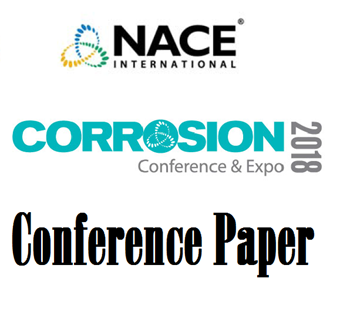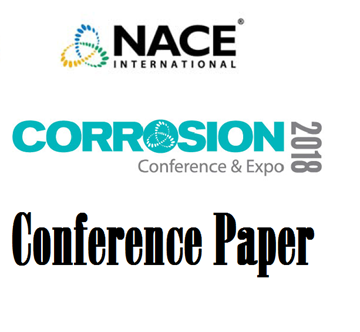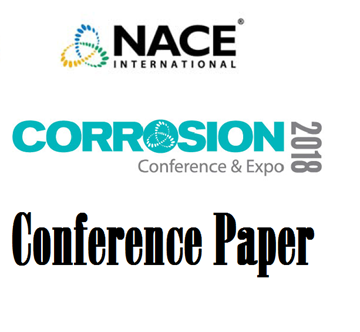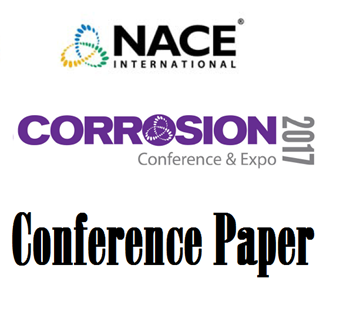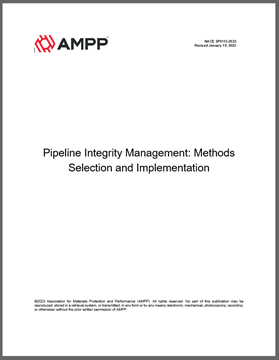Search
Products tagged with 'rbi'
View as
Sort by
Display
per page
51318-11398- Modeling of Microbiologically Influenced Corrosion (MIC) in the Oil and Gas Industry - Past, Present and Future
Product Number:
51318-11398-SG
Publication Date:
2018
$20.00
51318-11412-Risk Based Inspection Utilizing Monte Carlo Simulation
Product Number:
51318-11412-SG
Publication Date:
2018
$20.00
51318-11560- Calculation of Inspection Intervals for an Ammonia Storage Tank Based on Design Modifications, RBI, Commissioning Inspection, and FEA
Product Number:
51318-11560-SG
Publication Date:
2018
$20.00
Case Studies - Learnings from CUI Failures and Inspection Challenges
Product Number:
51324-21070-SG
Publication Date:
2024
$40.00
Comparison of Sampling Analysis Findings and RBI Assessment in Corrosion Forecasting
Product Number:
51321-16376-SG
Publication Date:
2021
$20.00
Corrosion Looping for Down Stream Petroleum Plants: An Enigma for RBI Engineers A Perspective From the Review of Mechanical Integrity Systems
Product Number:
51317--9178-SG
ISBN:
9178 2017 CP
Publication Date:
2017
$20.00
NACE SP0113-2023, Pipeline Integrity Management: Methods Selection and Implementation
Product Number:
NACE SP0113-2023
Publication Date:
2023
$109.00

